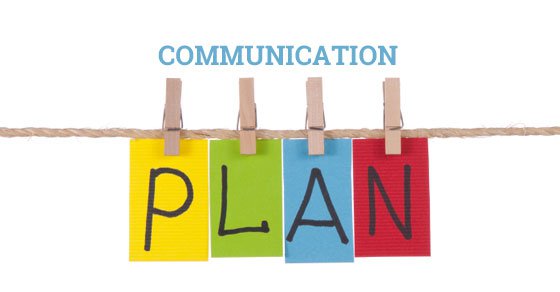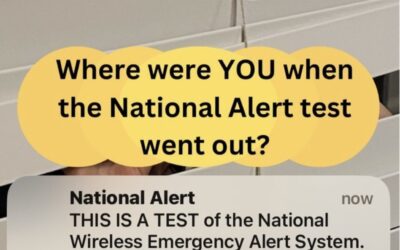
This is a 2 part series. In Part 1 (Are you a Seat of the Pants Communicator?), I address how a communications audit can help you get a grasp on what you are spending your time on. In Part 2 (Developing a full blown communication strategy and plan), I’ll show you how to move from a plan to a full blown communication strategy.
Earlier, I discussed how a communications audit can make a drastic improvement in how you manage projects once they hit your desk. Once you’ve completed those steps, you’ve got a mini strategic plan for your communications. The next step is to move that forward into full blown communication planning.
For everything you have identified as an area of communication, you need a communications plan to address it individually.
That plan should include a strategy, a media analysis, a creative plan, a timetable, and a budget.
Let’s take a new customer information packet for example.
Strategy: This area includes the background or situation analysis. For a new customer packet, it might be to replace an outdated handbook. It can include descriptions of current offerings. Will you need outside vendors for printing, design, etc.…?
It also includes a description of your marketing objectives and strategy – such as making new customers feel appreciated and valued as well as potential upselling of additional services or products. This is where you’d also discuss if others will be involved in the process.
Next you identify your communications objective and strategy. For our new member packet, it might be, create a one-stop place for information concerning latest programs and offerings. Increase brand awareness. Make a great first impression. Our strategy could be complete the writing and design for packet. Secure printing options. Develop system for mailing list.
Our next steps deal with your audience. Who is your target audience? You can have a primary and secondary audience. It can include customers, employees, industry influences and community leaders. What is that audiences requirements? For our example, readability is key. Professional in appearance. The design peaks interest.
What is the current perception of your audience? For example – If our current piece is mailed, it contains outdated information, which could cause customers to lose trust in our business. What is your desired perception? Accurate and trusted.
Is there an audience behavior you are trying to create? In this case, you’d be creating repeat business and satisfaction.
The next big area of your plan deals with implementation.
What is your key message or messages? These should be developed with your CEO, staff, and department.
What is the personality or message tone? For a new customer piece it should be upbeat and informative. For a stakeholder’s luncheon, it should be professional and educational.
How will you deliver that message? Do you have specific media targets? Special requirements? Are their postal limitations? Who will send you the new customer list? How often? Who is going to inform you of new programs and offerings? Arrange printing.
Are there content constraints? Is there information you can’t release?
What is your call to action? For this example, you want to generate interest in new offerings and have repeat transactions.
What is your budget? Where will it come from? Total cost is?
Delivery and distribution? How will you get this information out to the intended audience?
Finally comes evaluation. What are your measured evaluations? What specific way will you know the piece was successful? Is it from the number of phone calls or requests for a product or offering? Is it press coverage? Informational messages can be tracked by surveys or include a behavior that you want to track so that you can measure it. Make these specific and able to be counted.
If you’ll get in the habit of developing a plan for each of the things dumped on your desk, it will make you a more productive and more effective communicator.
What if you could get an emergency culture alert?
What if we could get a warning, or emergency alert, when culture starts to decline or go bad in our workplaces. Do you know the warning signs? Read on to find out.


